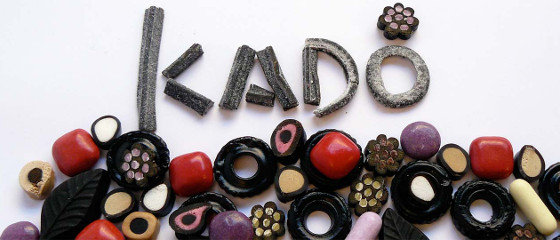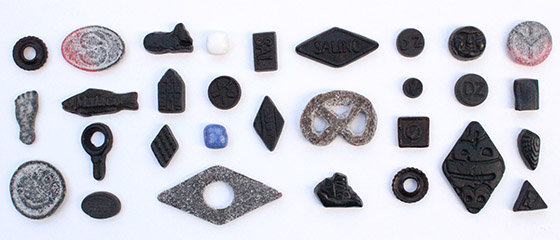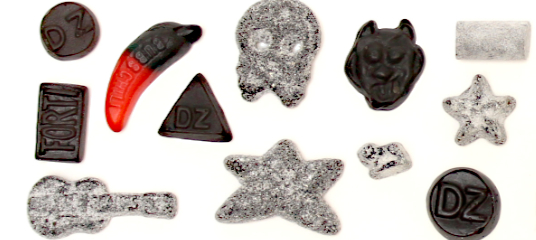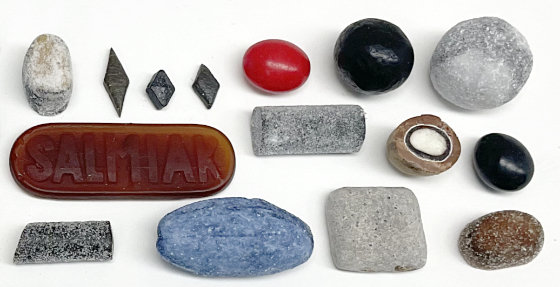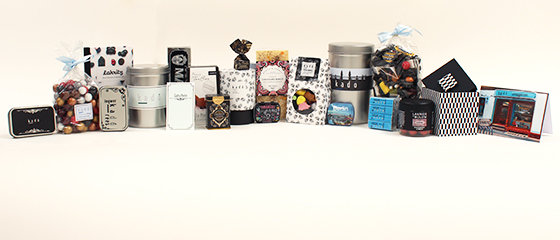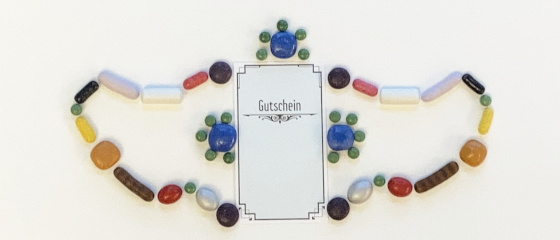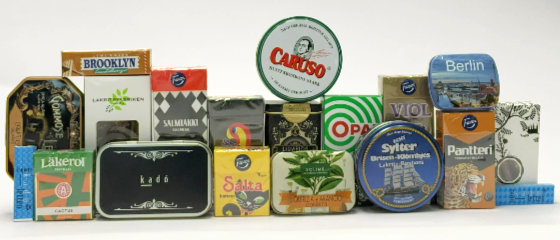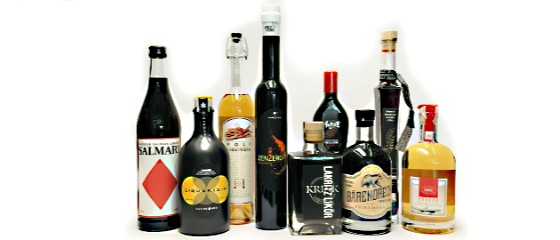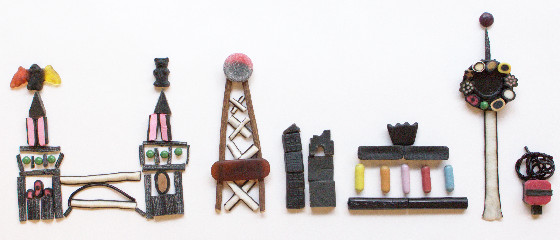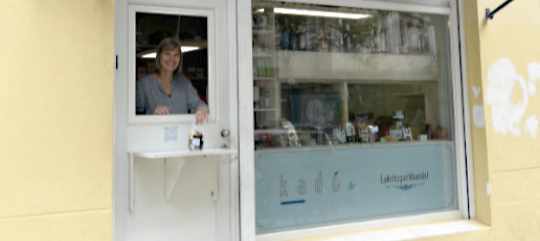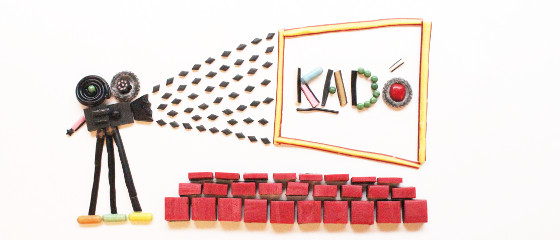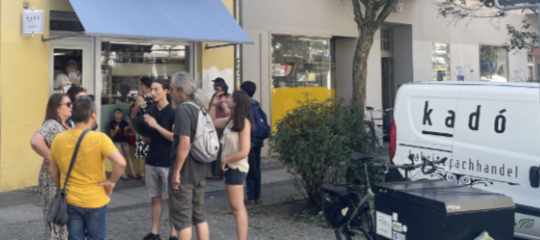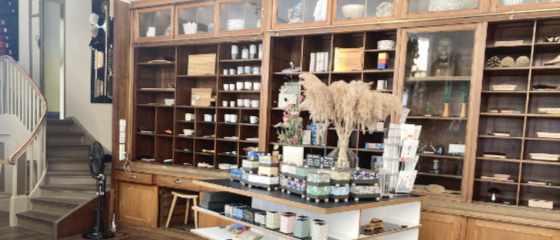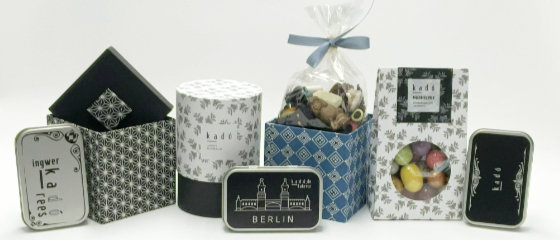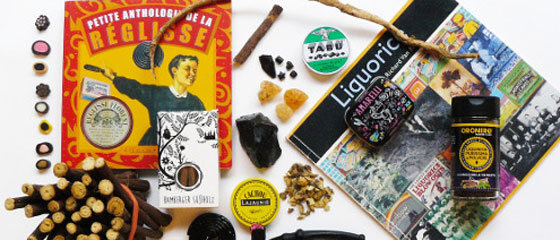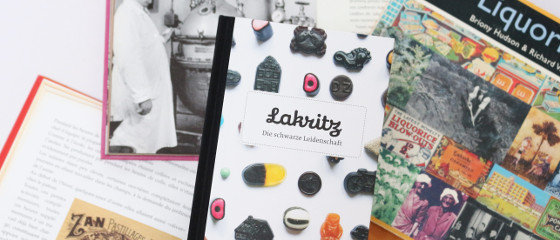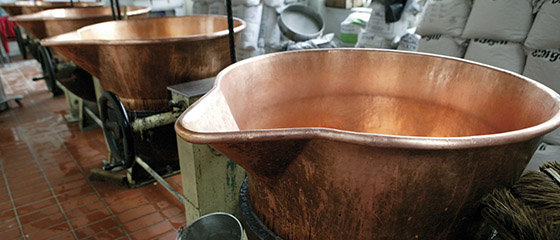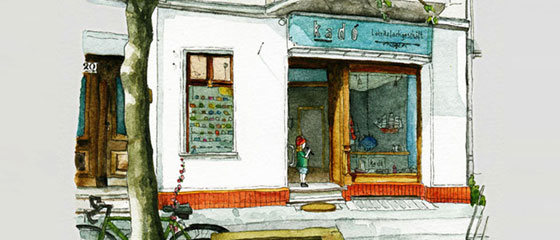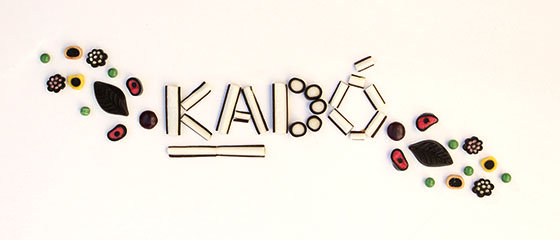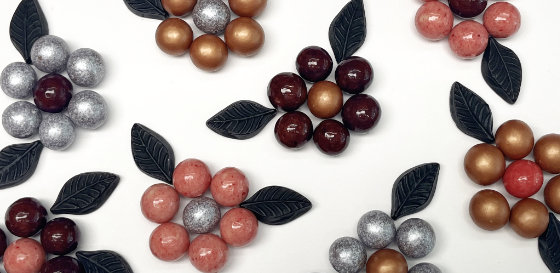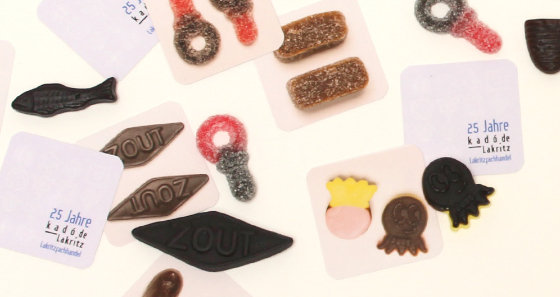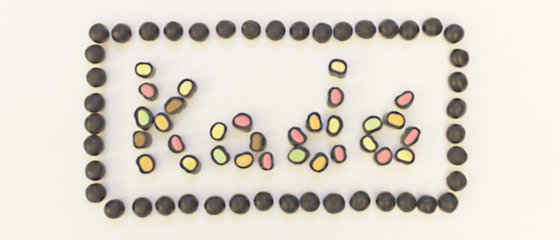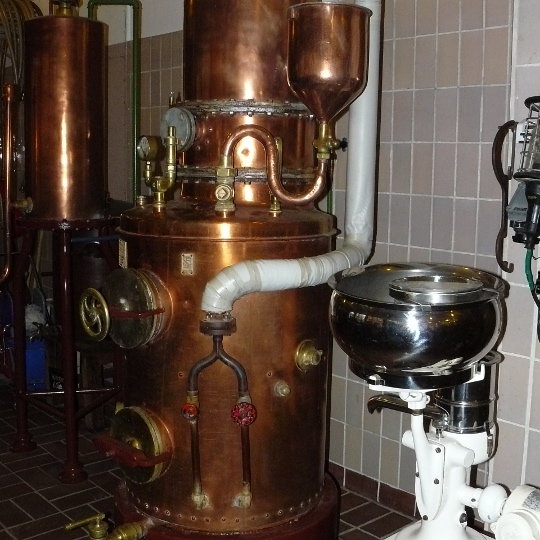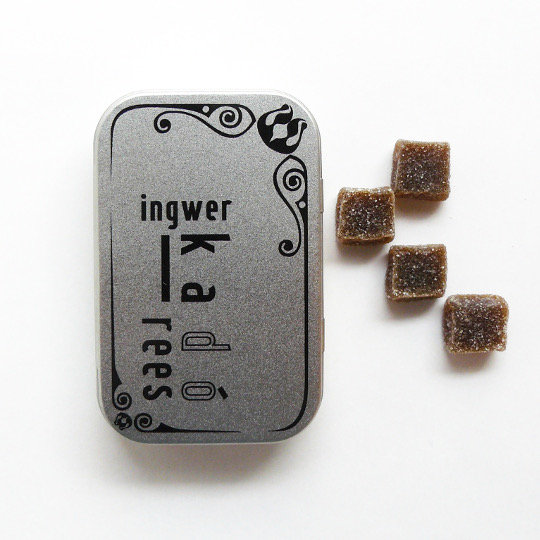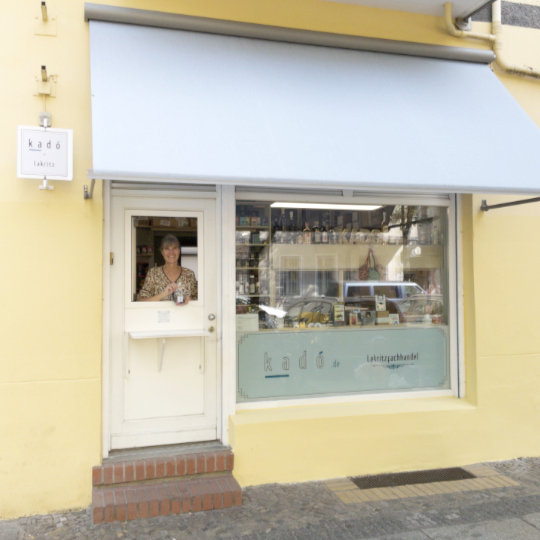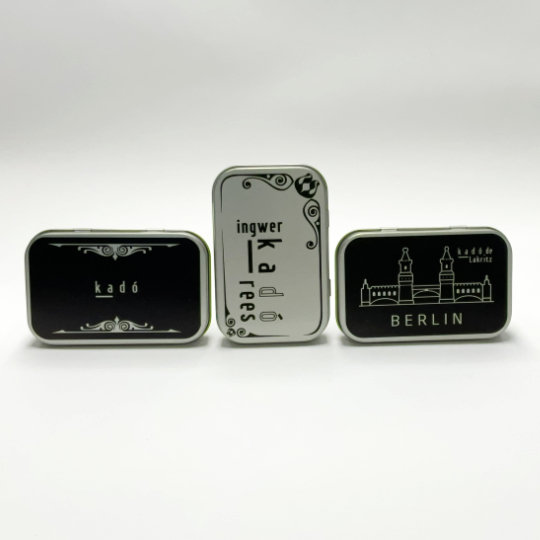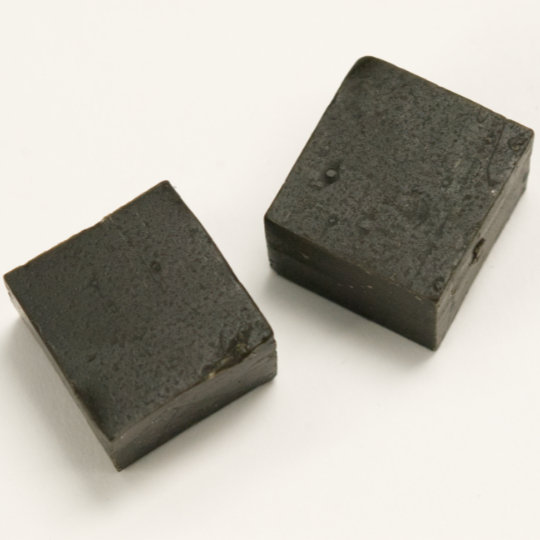One late night at a friends birthday party, I was offered a glass of ginger liqueur and wow, what a fiery ginger flavor! At the time we were working on our own first ginger liquorice, but had not yet found the right ginger flavor, which could withstand the strong aroma of liquorice.
And after have had tried this ginger liqueur: who could create something this fine? Answer was the Prussian Spirits Manufactory in Berlin, shortly PSM. And so we headed to Wedding.
Mr. Schroff from Schroff&Stahl GbR, a distiller of the house showed me ''his'' world. A laboratory with an atmosphere of knowledge and handicraft. The 140-year-old working tools and copper kettles are very impressive, each screw hand turned, every bell jar handblown. Some spirits needs to be aged in oak barrels to get that certain nuance, like for example whiskey, here simply called grain. Next to this, stoneware barrels are lined up, filled with spirits to be preserved, like gin for example. These methods of working and equipment are still used today and great value is put on quality. Both requires a high standard workmanship.
And here is where the ginger aroma is produced. Ginger root with its fiery taste is imported from China and delivered in large bags at the laboratory. The roots are cut into small pieces and thereafter grinded to expose the fibers. To extract the aroma, the fibers are left to rest for 4 weeks in an alcohol solution and with this process the ginger infusion is made. At this stage it looks dull and is therefor then naturally filtered by a tonic. Now it is done and ready to use, a clear, fiery, ginger extract.
Now the kadó part of the job begins. I travelled elsewhere in Germany with the ginger extract to a food technologist and where I spent 3 days of liquorice cooking. So much fun! Suddenly I was the the ship's cook and was aloud to assist. About 2 kilos of liquorice paste was made, which was then portioned and differently flavored. Every step was listed in detail and carefully weighed, but the tweezers for milligram quantities is not for rough hands to be handled. One little mistake and the batch is over salted, or as in this case, way to fiery and strong. Not approved and straight in the garbage it goes! Assisting ship's cook was disqualified and the boss had to complete the process alone, while sometimes mentioning quietly that everything costs of goods sold, time and money. The hot liquorice is quickly poured into prepared starch trays, before it cools down. Now the liquorice must rest 1-2 days before being sprinkled with sugar as the last step.
Here you can see each and every step in the process of making our ginger liquorice. The final product - handmade ginger liquorice.
With the introduction of a new liquorice into the kadó assortment, larger quantities were needed. We searched for a suitable liquorice confectioner and found the perfect one in Belgium. This family business in 4th generation produces their own liquorice recipes – and since 2006 also the kadó ginger liquorice.

